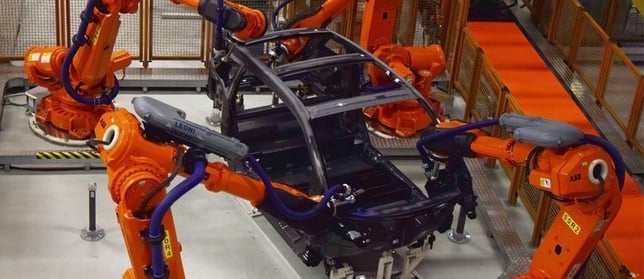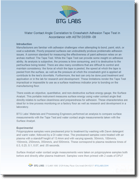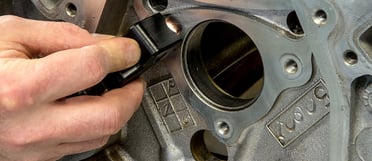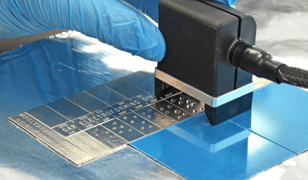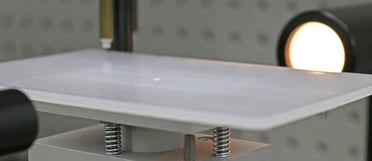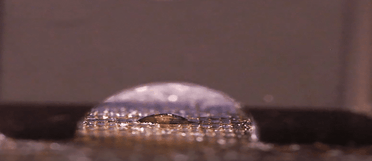Rapid Development of Surface Treatment Processes for Bonding Dissimilar Materials
A recent concept in automotive lightweighting is that of the ‘joining of dissimilar materials.’ The purpose is to allow tailoring the materials in a structure so as to ensure that each part of the structure has the optimum mechanical properties and minimum weight. An example would be the bonding of...
Read
Topics:
Posts by Topic
Water Contact Angle Correlation to Crosshatch Adhesion Tape Test in Accordance with ASTM D3359-09
Manufacturers are familiar with adhesion challenges when attempting to bond, paint, etch, or coat a substrate. Poorly prepared surfaces can undoubtedly produce problematic adhesion issues.
Read
Topics:
Control of Cleaning Processes to Maximize Sealant Performance
Cleanliness in automotive powertrain manufacture is critical for several reasons. Particulates generated in the various casting and machining processes must be effectively removed to prevent both the premature wear of sliding and rotating parts as well as the catastrophic failure of components such...
Read
Topics:
Effect of Surface Roughness on Contact Angle Measurements Obtained with the Surface Analyst
A frequent question from people who use contact angle measurements to characterize surfaces and control manufacturing processes is, “What effect does surface roughness have on these measurements?” This is a valid question, especially when dealing with surfaces that have a range of textures...
Read
Topics:
Water Contact Angle as a Quantitative Measure of Total Polyethylene Surface Energy
A wide variety of plasma treatments were performed on polyethylene surfaces, resulting in a wide range of total surface energies.
Read
Topics:
Progress in the Reliability of Bonded Composite Structures
This paper reviews research progress in the detection of contamination on surfaces for bonded composites.
Read
Topics:

